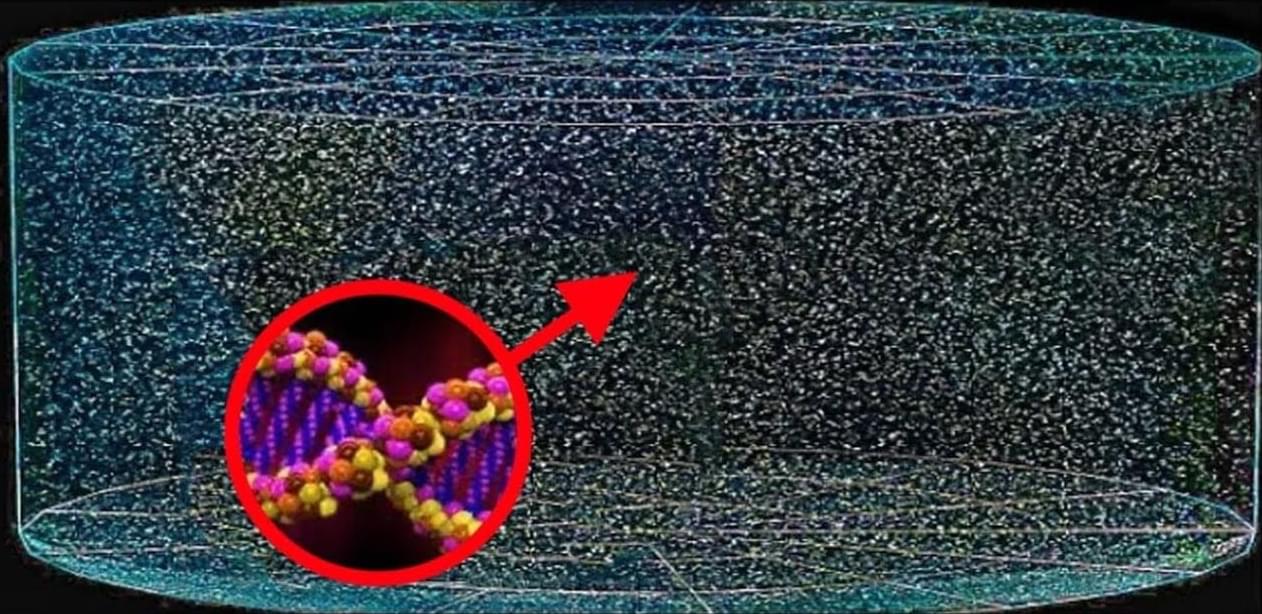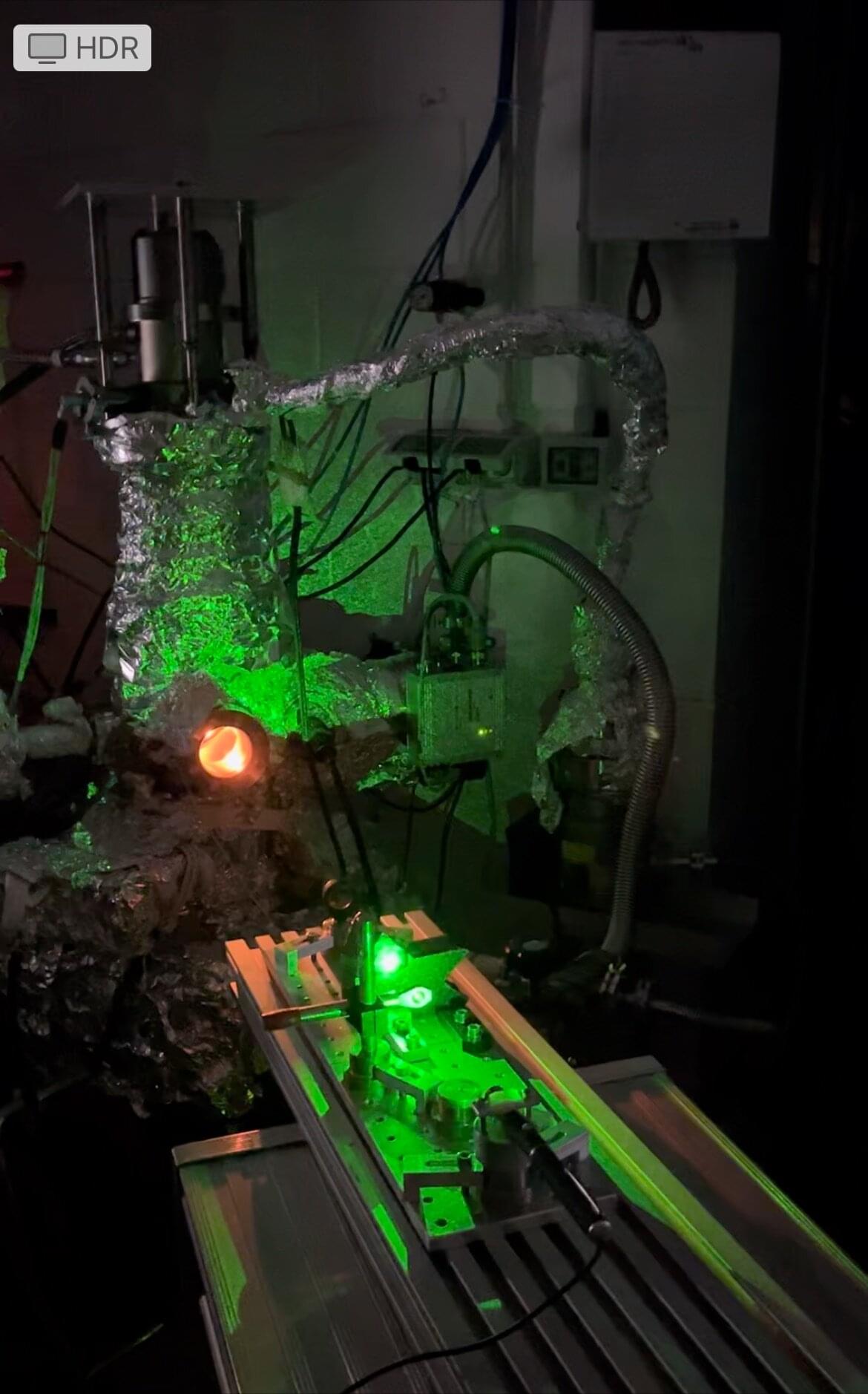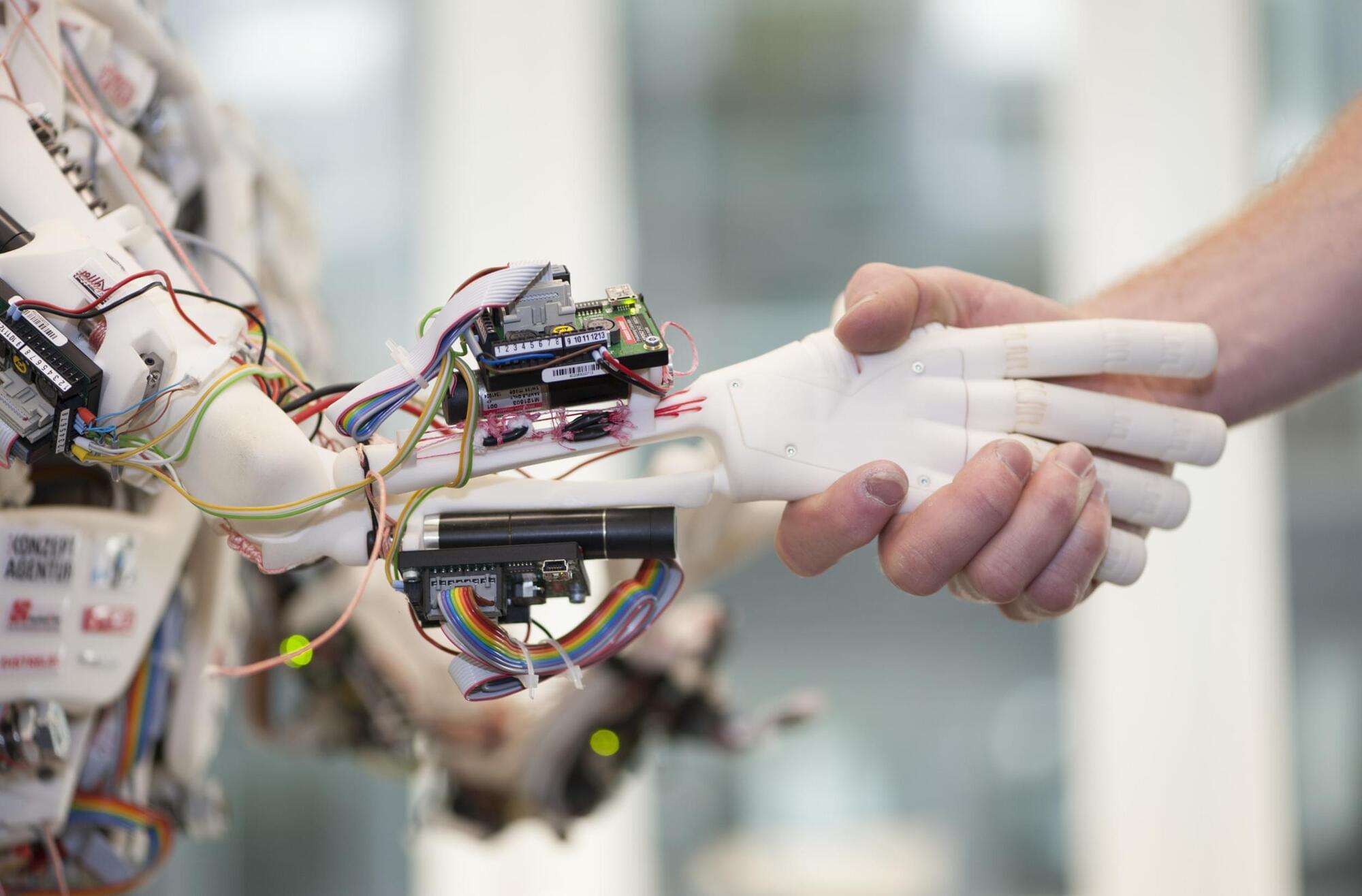In that paper for the SETI Institute, Kershenbaum and colleagues concluded that animal communication research is the closest we are likely to get to studying extraterrestrial signals, until such signals are actually received.
“Many of the challenges facing SETI research are similar to those already addressed in the investigation of animal behavior, and the evolutionary origins of human language,” they wrote. “Indeed, the evolution of language on Earth may in fact have been driven and constrained by similar principles to those operating on life on other planets.”
The researchers have proposed the establishment of a large cross-species database of communicative signals, made available to all SETI and animal behavior researchers.









